RESEARCH
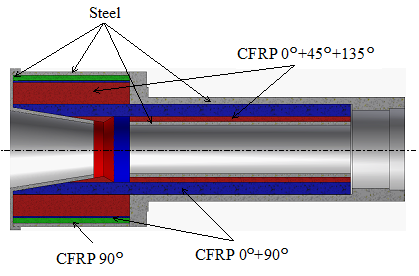
Spindle design using carbon fiber reinforced plastic(CFRP)
The spindle is a major component of machine tools,
and its mechanical and thermal properties are known to have a significant effect on machining.
A spindle with high rigidity and low thermal expansion is designed by using carbon fiber reinforced plastic
(CFRP) for the spindle.
This research was supported by the New Energy and Industrial Technology Development Organization "
Research and development of energy-saving machine tools applying new structural materials" project.
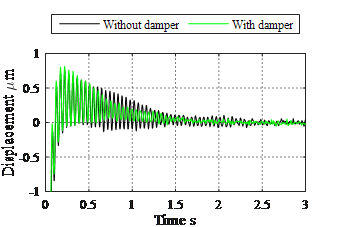
Reduction of rocking vibration by adding support damping
Low frequency vibrations caused by acceleration and deceleration of a table are called rocking vibrations and
cause a reduction in machining efficiency.
Since the vibration characteristics of the supporting part greatly affect the rocking vibration,
increasing the damping of the supporting part is useful for suppressing the rocking vibration.
Therefore, we have developed a damper that can increase the support damping without lowering the support
rigidity.
This work was supported by JSPS Grant-in-Aid for Scientific Research (JP17J00200).

A robust level error estimation method for machine tool installation
Machine tools with long beds compensate for bed deformation by adjusting the level using multiple supports.
In the past, skilled installers adjusted levels based on experience in a trial and error manner.
Therefore, a noise robust and quantitative level adjustment method is proposed.
This method models the relationship between the load change of the support and the length adjustment of the
support.
Thanks to the considering the noise level of load sensors, the proposed method can be implemeted with a
practical load sensor.
This work was supported by JSPS Grant-in-Aid for Scientific Research (JP17J00200).
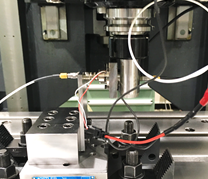
On-machine rigidity measurement system for low rigidity workpieces
Dynamic stiffness measurement is important for reducing relative vibration during machining.
In this study, we proposed a method of measuring the applied voltage to the piezoelectric element and the
excitation force,
and estimating the displacement of the workpiece from the equivalent mechanical model.
As a result, an on-machine rigidity measurement system for workpieces that does not require a displacement
measurement sensor was realized.
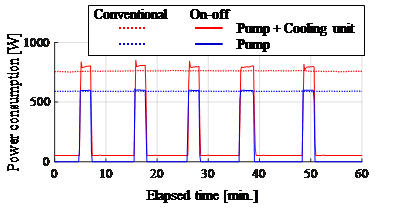
On-off cooling method that minimizes cooling energy by keeping thermal displacement below allowable
value
The ratio of the cooling system to the energy consumption of machine tools cannot be ignored.
The heat pump cooling system, which is widely used in the latest machine tools,
can control the coolant temperature to any temperature, but has the disadvantage of large energy
consumption.
In this study, we focused on the trade-off relationship between the reduction of thermal displacement and
the cooling energy,
and proposed an on-off cooling method that can reduce the cooling energy by about 30% while keeping the
thermal displacement below the allowable value.
This work was supported by JSPS Grant-in-Aid for Scientific Research (JP17J00200).

Design method of surface properties of contact surface based on 3D shape measurement of true contact
surface
A Cutter mark Cross (CMC) method was proposed to control the distribution of the true contact surface and
improve the contact rigidity by crossing and contacting the cusps remaining on the machined surface. In the
future, in order to apply the CMC method to the joints of general cut surfaces, a method for calculating the
surface properties will be studied.
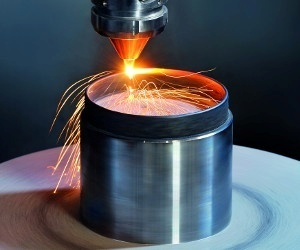
Lamination method to guarantee shape accuracy of modeled object in Directed Energy Deposition
The Directed Energy Deposition (DED) method is a metal additive manufacturing method in which metal powder
supplied from a nozzle is laminated by selectively melting and bonding with a laser. For industrial
application of this technology, it is indispensable to guarantee the shape accuracy of the object, but the
shape accuracy of the object may deteriorate depending on the lamination conditions. Therefore, we proposed
a lamination method that can guarantee the shape accuracy of a model without determining the lamination
conditions by trial and error.
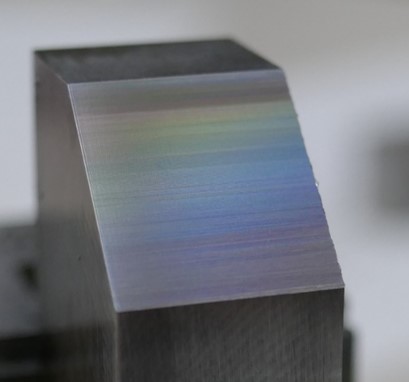
Study on evaluation method of micromachined surface
The quality of the machined surface is determined to determine the machining conditions.Pass / fail judgment
criteria include not only quantified indices such as surface roughness, but also indices (sensory indices)
based on human intuition, such as gloss and color.The purpose of this study is to investigate sensory
indices and to quantitatively evaluate the machined surface based on them.
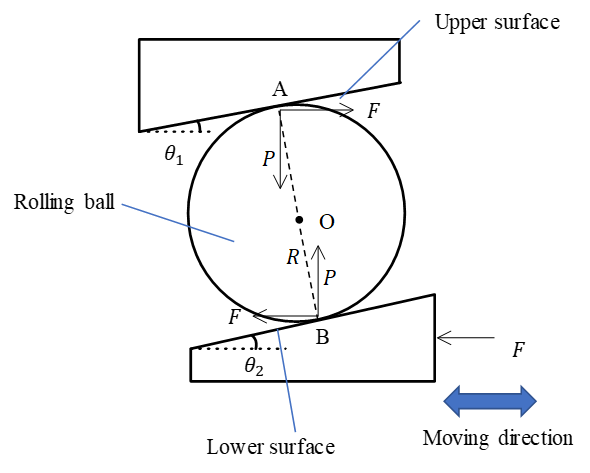
Rolling resistance model for designing smooth linear ball guides
In this study, in order to propose a guideline for designing the rolling surface properties from the
viewpoint of frictional force fluctuation, we proposed a model to calculate the frictional force fluctuation
when one ball rolls between two rolling surfaces. The model was able to reproduce the waveform and
wavelength of frictional force fluctuation, and estimated the amplitude with a difference of less than 30%
of the experimental value. As a result, it was found that the total frictional force of the guidance was
represented by the sum of the frictional forces of each ball.
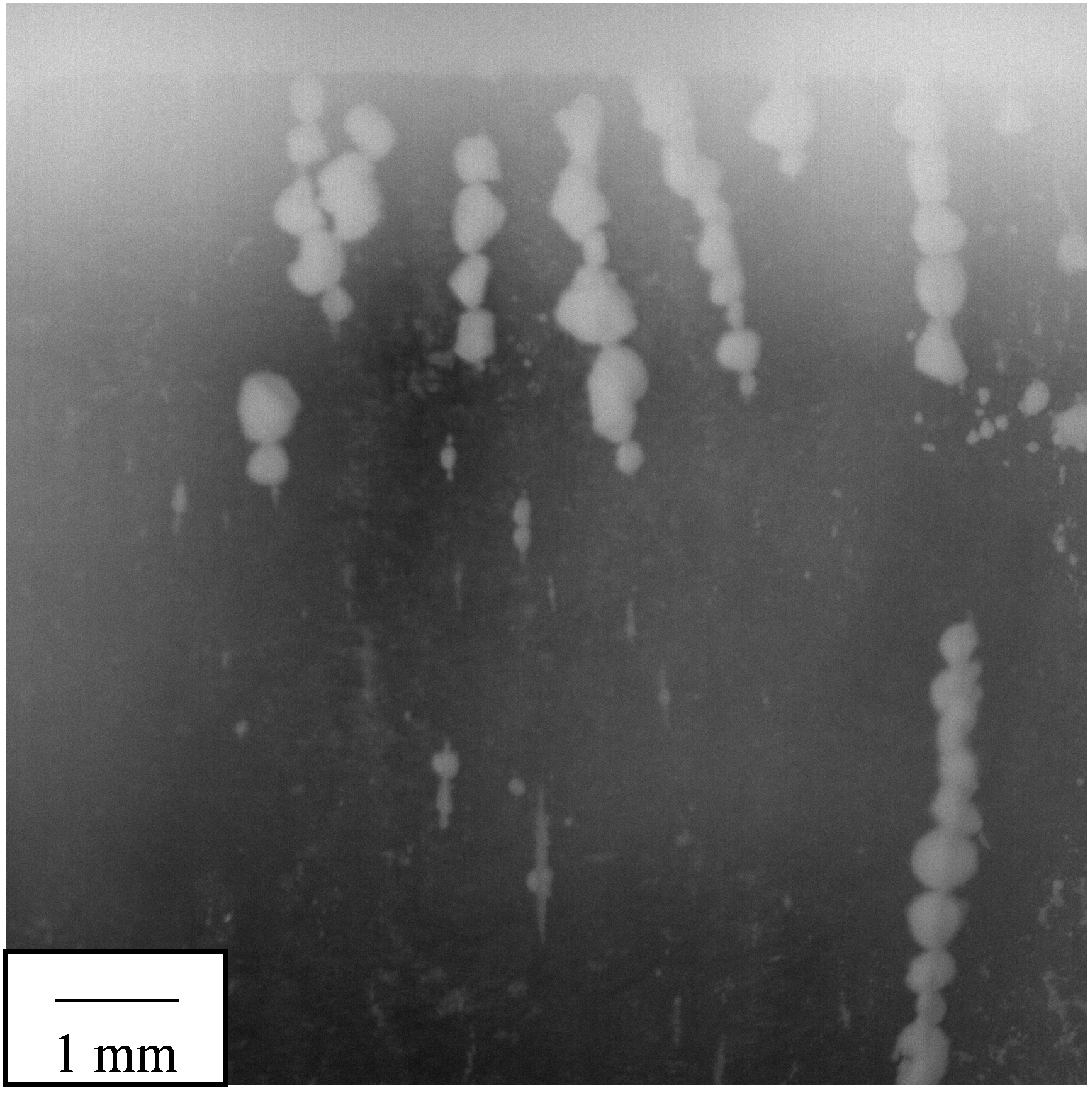
Abrasive grain size normalization by coupled electrostatic force and ultrasonic vibration for application to
nano-blasting
If nanoparticles can be sprayed at high speed, a polishing method that achieves both a finish surface
roughness of about Ra 1 nm and simplification of processing equipment can be realized. To reduce the
finished surface roughness, the abrasive grain size must be reduced. However, it is known that nanoparticles
naturally aggregate. In this study, we studied a method to reduce the size and uniformity of the aggregated
nanoparticles by using ultrasonic vibration and electrostatic force. The possibility of making the particle
size of the aggregated particles uniform was shown.
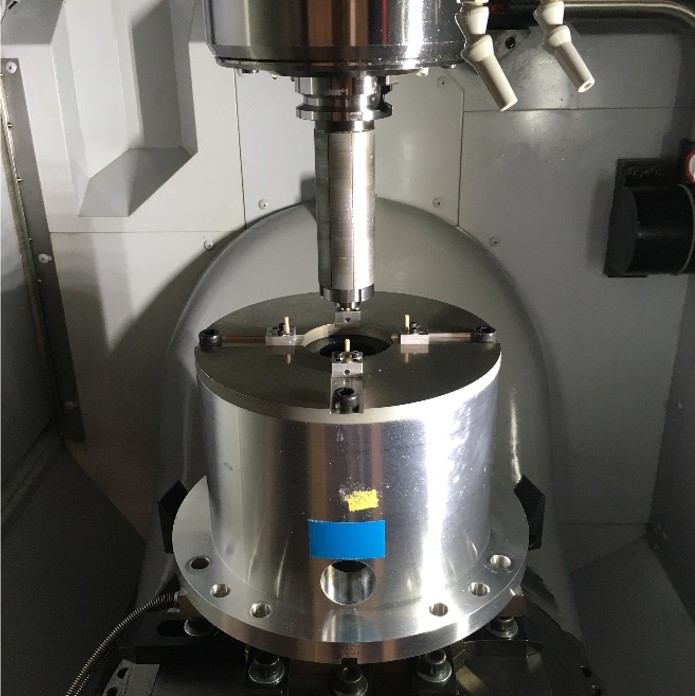
Analysis of vibration characteristics of machine tool spindle using non-contact loading device
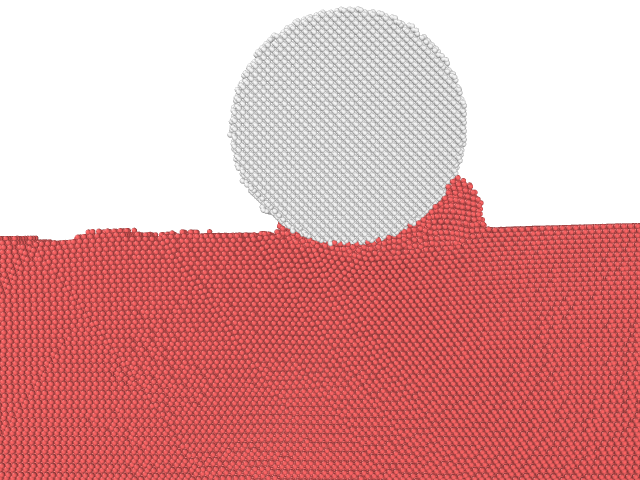
Atomic scale simulation of single particle polishing
Polishing has been used for a long time, but there is not much research leading to an understanding of the
fundamentals of the process. Reproduction of polishing process using molecular dynamics simulation is being
worked on, but there is an upper limit to the scale that can be analyzed. Therefore, it is necessary to
perform analysis on a larger scale to understand the polishing process. In this study, the surface shape in
single particle polishing was analyzed by simulation using the Quasi continuum method.











